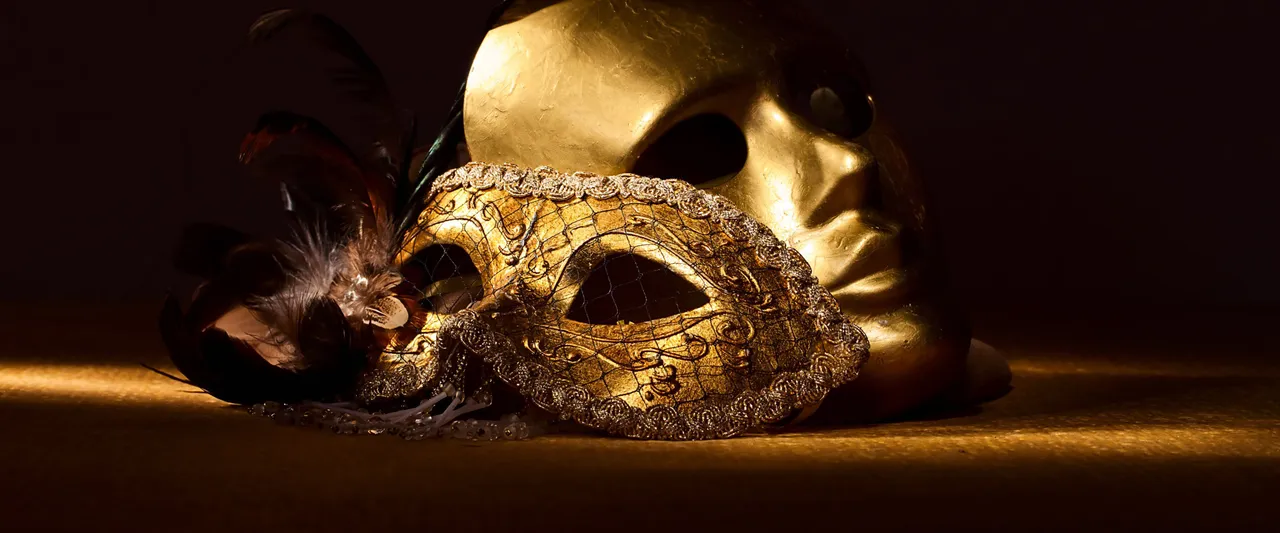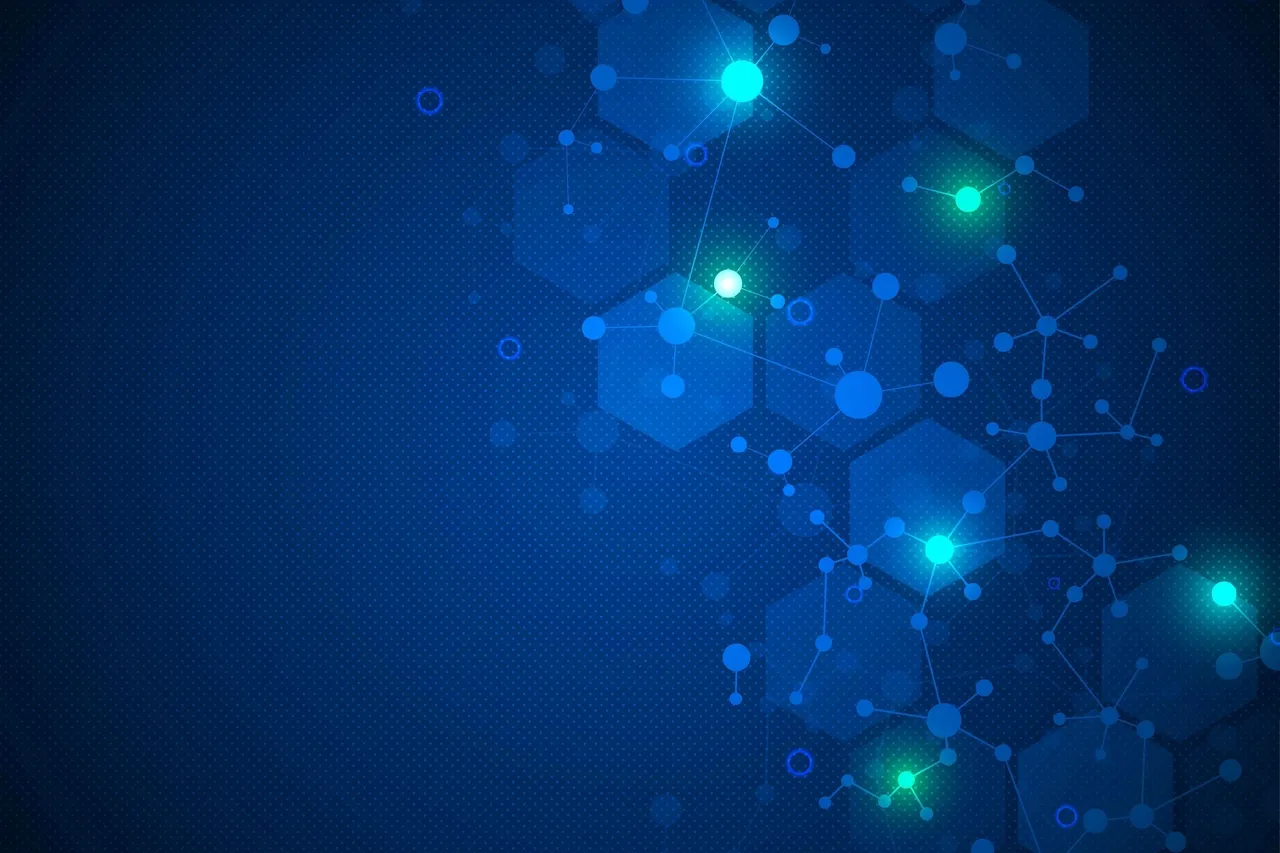How facial recognition works: an end-to-end technology overview
Facial recognition technology is now widely used in public spaces and commercial settings. From Face ID on iPhones to airport security checks and photo tagging on social media platforms, governments and businesses apply the technology for secure customer verification, controlled access to internal systems, and theft prevention.
As organizations increasingly recognize the potential of facial recognition, many are engaging computer vision developers to design and implement tailored facial recognition software solutions. In the following sections, we provide a closer look at the technology, how it works, and where it is being applied.
Facial recognition overview
Facial recognition is a biometric technology used to identify or verify a person’s identity by analyzing facial features in images or videos. The technology originated in the 1960s with semi-automated systems, where human operators manually marked facial feature coordinates on digital images for computer processing. In the 1980s and 1990s, researchers introduced algorithmic models to automate facial feature detection and comparison. Since the 2010s, advances in machine learning, mobile sensors, and high-resolution imaging have enabled the widespread integration of facial recognition across smartphones, enterprise systems, and urban surveillance infrastructure.
Facial recognition vs facial characterization
Facial recognition software compares one face to a facial image stored in a database to confirm identity. In contrast, facial characterization software classifies a face’s attributes, such as age, gender, or emotion, to understand personal traits or behavioral context.
The technologies rely on similar computer vision techniques, but they serve different functions in business environments. For example, a facial recognition system can grant a user access to a building by matching their face to an ID photo, while a characterization system flags that the person appears underage or upset.
Core technologies behind facial recognition
Facial recognition software leverages a combination of techniques powered by artificial intelligence to extract, encode, and compare facial features, classify images, and continuously improve through learning from large datasets. The key technologies enabling this process include:
- Computer vision algorithms that preprocess visual input to detect and isolate faces in images or video frames
- Neural networks that recognize patterns in facial features by turning each face into a numerical representation
- Biometric analysis that converts facial features into encrypted templates and uses them for identity recognition
Build a secure facial recognition solution with expert support
How facial recognition works
To illustrate how facial recognition software works, the facial detection workflow can be broken down into four main steps, from initial face detection to its identification and identity validation.
1. Face detection
The face recognition system locates human faces within an image or video frame. Facial recognition algorithms filter out background objects and isolate facial regions based on the geometry of the face, the shape and contour of facial features, and pixel gradients.
2. Feature mapping
Once a face is detected, the facial recognition software identifies specific landmarks on the face, such as the distance between the eyes, the shape of the jaw, and the contour of the nose and lips. These details form a unique facial structure for each individual.
3. Template generation
Using the mapped facial features, the facial recognition system generates a face template. This is a numeric representation of the person’s face, sometimes referred to as a faceprint. The template stores essential geometric and textural traits in a vector format.
4. Matching & identification
The system compares the newly generated face template against known faces in a database, calculating a similarity score that reflects how closely the features align. If the score surpasses a predefined threshold, the system either identifies the individual or verifies their claimed identity.
Key applications of facial recognition
Facial recognition software optimizes and enhances identity verification processes, with applications across law enforcement agencies, retail and e-commerce, financial institutions, and healthcare facilities. Here are the main facial recognition use cases organizations are adopting today.
Criminal identification
Businesses use facial recognition to improve internal security and prevent theft. Facial recognition systems can compare facial data against mugshots, watchlists, or internal records to flag known offenders, individuals with a history of theft, or those banned from premises. Integrated with on-site surveillance and access control devices, the software can trigger real-time alerts to security teams, store managers, or facility operators, enabling immediate action such as denying entry.
Identity verification, access control & fraud prevention
Facial recognition systems authenticate individuals, such as customers and employees, to ensure secure transactions and control access to corporate systems or facilities. Beyond security, businesses also employ facial recognition software to streamline client onboarding, authorize high-value transactions, and manage workforce access to enterprise applications and devices. By replacing passwords and physical badges with biometric identification, organizations reduce the risk of credential theft while ensuring that only verified individuals can access sensitive resources.
Attendance tracking
Facial scans can validate employee presence at offices and student attendance at educational facilities, recording when each person enters and leaves buildings, secure zones, or online meetings in real time.
Customer & user engagement
Retailers leverage facial recognition to identify returning or high-value customers and offer personalized assistance based on prior interactions. Some businesses also deploy facial payment stations, allowing registered customers to check out quickly without interacting with staff.
Patient analysis
Healthcare providers use facial recognition software to verify patient identity during check-in, telemedicine appointments, and pre-surgical procedures. In addition, diagnostic solutions trained on large datasets can analyze facial dimensions and morphology, such as the structure of the nose, jaw, and cheekbones, to inform clinicians of potential genetic conditions or diseases. These models highlight patterns that may not be visually evident to doctors, enabling them to assign confirmatory testing and plan treatment accurately.
Benefits of facial recognition
Face recognition technology provides measurable benefits across sectors by strengthening access security, improving workflows, such as employee time tracking and patient registration, and supporting compliance with KYC regulations. Below are the core advantages this software brings to enterprise and commercial settings today.
Enhanced security
Facial recognition technology supports accurate identity validation, reducing the risk of unauthorized access to buildings, systems, and sensitive operations. By enabling biometric authentication, companies can leverage credentials that are more resistant to spoofing or theft compared to passwords or access cards.
Improved user experience
By accelerating a person’s identity checks at digital and physical entry points, facial recognition technology reduces wait times and creates a more seamless experience for customers, employees, and visitors.
Increased operational efficiency
Automated facial recognition reduces the need for manual profile lookups, routine attendance logging, credential checks, and other repetitive administrative tasks. This frees up employee time and allows them to direct their efforts to higher‑value activities.
Support for regulatory compliance & auditing
Facial recognition systems generate timestamped, verifiable identity logs that help demonstrate compliance with regulatory frameworks such as KYC, AML, and access control standards. This reduces audit preparation efforts and improves documentation quality.
Operational scalability
Facial recognition systems automatically handle high volumes of identity checks without the need to expand staff numbers or invest in additional equipment. As a result, validation processes can be scaled to new offices, service points, or digital platforms with minimal reliance on human oversight.
Facial recognition limitations & mitigation strategies
While facial recognition technology delivers measurable benefits, it also introduces a set of challenges that organizations must address. Here are the key factors that may slow adoption, along with actionable strategies to mitigate risks and enable successful deployment and use of the technology.
Accuracy issues & algorithmic bias
Facial recognition systems can misidentify individuals when input images are affected by external factors such as lighting conditions, camera angle, facial expression, or changes in appearance due to illness or aging. These variables can increase error rates, manifested in false rejections or incorrect matches. In addition, facial recognition technologies may perform inconsistently across different demographic groups, especially if the training data lacked adequate representation.
Solution:
To improve facial recognition accuracy rates, train the system on diverse datasets that include variations in real-world conditions and demographic characteristics. Then, conduct independent bias audits by partnering with either a trusted IT consulting firm or an accredited third-party auditor to measure algorithm accuracy.
You can also implement bias detection tools to identify and correct system inaccuracy. Finally, maintain human oversight in high-stakes decisions where false positives or false negatives could have serious consequences, such as mistakenly freezing a customer’s bank account, administering the wrong medical treatment, or granting access to an unauthorized individual.
Data security concerns
Facial recognition systems capture and store biometric data that, unlike passwords or tokens, can’t be reset if exposed. Facial templates can be linked to individuals and used to track or impersonate them, which raises privacy and surveillance risks.
Solution:
Choose facial recognition solutions that offer built-in encryption of biometric templates both at rest and in transit, following standards such as AES‑256 and TLS 1.3. If the chosen solution lacks these features, work with your IT team or third-party service provider to implement additional encryption protocols. Additionally, restrict access to facial data through role-based permissions combined with multi-factor authentication for personnel who access or process the data. Furthermore, set clear data retention policies, apply the principle of data minimization, and perform regular audits of all systems that handle biometric data.
Integration with existing business systems
Facial recognition tools may fail to integrate seamlessly with legacy authentication systems, security platforms, or identity management solutions. This can result in software synchronization failures or slowdowns that degrade the user experience.
Solution:
Start with a thorough analysis of your target systems and the communication protocols they support. When deciding on a tool, prioritize facial recognition software vendors that offer APIs for seamless third-party integrations. Also, consider engaging external IT developers experienced in implementing and integrating facial recognition software to align the system architecture with the current infrastructure. Before rolling out the facial recognition software to the production environment, run integration tests to surface configuration or synchronization issues.
Legal & compliance uncertainty
Facial recognition regulations differ across regions, and requirements for user consent, as well as storage and use of facial data, change over time. This makes it challenging for companies to continuously comply with evolving legal obligations, increasing the risk of law violations and reputational damage.
Solution:
Treat all facial data as personally identifiable information and protect it in the same way as other sensitive data. In addition to this, create clear opt-in consent forms and document your data processing activities, including purposes for processing, categories of individuals whose data is collected, recipients of the data, any transfers to other countries or organizations, retention periods, and the security measures applied. Another essential step is to consult legal counsel to verify compliance with laws like GDPR, CCPA, BIPA, or HIPAA in your regions of operation. Finally, adopt principles of purpose limitation and full transparency with users about how their biometric data will be used.
Afterthought
Today, facial recognition technology is embedded in surveillance devices, access control systems, healthcare tools, and consumer biometric authentication solutions like Apple’s Face ID. Market figures prove that the use of facial recognition in enterprise and public sectors continues to expand, with the technology currently valued at $1.95 billion and projected to increase with a compound annual growth rate of over 17%, reaching $5.07 billion in six years.
If you are exploring ways to implement facial recognition or other computer vision capabilities in your company, our team is here to support you. At Iflexion, we design and build custom computer vision software to help you effectively analyze visual data.
Work with experienced computer vision developers to bring your facial recognition solution to life













